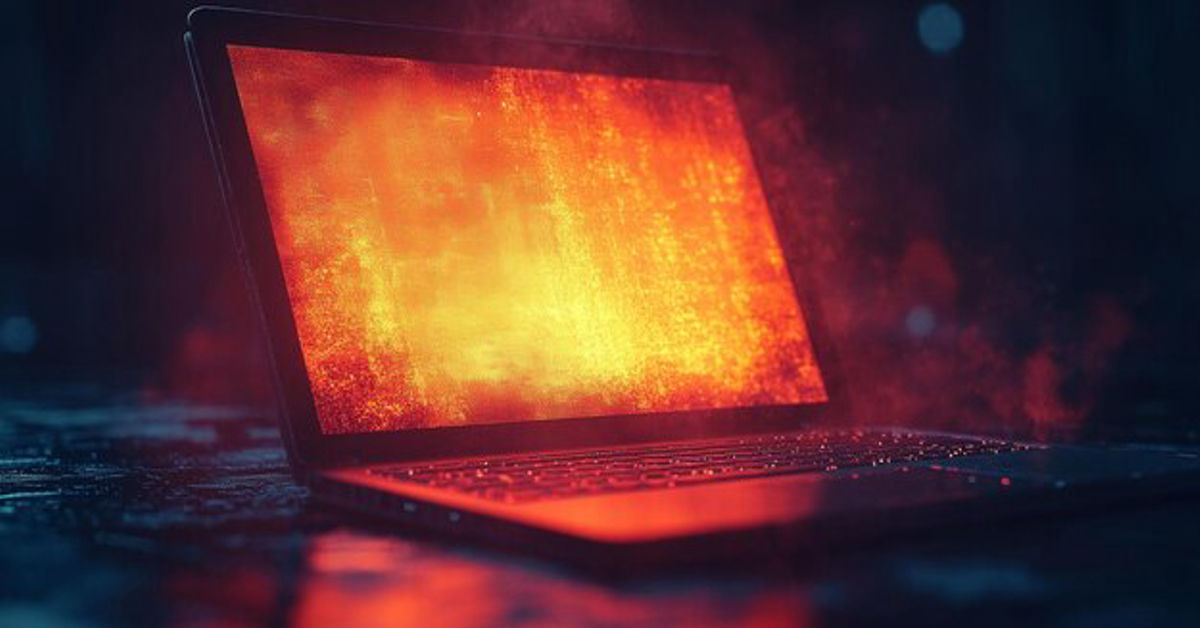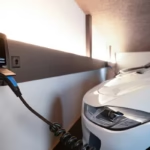Few things throw MacBook Pro users off balance like powering on their device and being greeted by an unexpected orange hue across the display. It’s more than just an aesthetic annoyance—this shift in color can make editing photos, watching videos, or even reading text a challenge. For some, it’s a fleeting glitch; for others, it’s a persistent problem hinting at hardware or software issues. Whether caused by a misconfigured display setting, a software bug, or deeper hardware trouble, that MacBook Pro Orange Screen way of saying, “Something’s not quite right.”
Addressing the issue begins with understanding where it originates. Sometimes, it’s as simple as a Night Shift setting or True Tone calibration gone awry. Other times, it points to more serious concerns like GPU malfunctions or cable connection faults. In this guide, we’ll break down the common causes, walk you through effective troubleshooting steps, share preventive measures to keep your display crisp and accurate, and highlight the moments when calling in a professional is the smartest move. By the end, you’ll not only know how to fix the orange screen—but also how to stop it from making an unwelcome comeback.
Understanding the MacBook Pro Orange Screen Issue
The orange screen issue in a MacBook Pro is not a standard feature or intentional display mode. Instead, it is often a symptom of a malfunction or misconfiguration. Sometimes the change in color can be subtle, while in other cases the entire display shifts toward a strong orange hue, making images and text appear unnatural. This problem can occur gradually or suddenly, and in some cases, it appears intermittently before becoming persistent.
The key to addressing the issue effectively is first identifying whether it is software-related, hardware-related, or a combination of both. Users often encounter this problem after macOS updates, physical damage, or prolonged use without maintenance.
Common Causes of an Orange Screen
The MacBook Pro orange screen can stem from various factors, each requiring a different solution. Identifying the root cause is critical before applying any fix.
Some of the most common reasons include:
- Display color calibration errors from incorrect settings or accidental changes
- Night Shift mode or other macOS color temperature adjustments
- Outdated macOS or incompatible drivers
- Graphics processing unit (GPU) faults in integrated or dedicated graphics chips
- Loose or damaged display connectors inside the device
- Physical damage to the screen from drops or impacts
- Third-party applications that alter color profiles for design or accessibility purposes
In many cases, more than one factor contributes to the orange tint, which is why systematic troubleshooting is important.
Step-by-Step Troubleshooting
A structured approach ensures that you do not overlook a simple fix while addressing more complex causes.
Step 1: Restart Your MacBook Pro
Sometimes a temporary software glitch can cause color changes. Restarting resets system processes.
Step 2: Check Night Shift and True Tone
Navigate to System Settings → Displays and verify if Night Shift or True Tone is active. Disabling these features can restore normal colors.
Step 3: Test with an External Monitor
Connect your MacBook Pro to another display. If the colors look normal on the external monitor, the issue may be with your MacBook’s built-in display hardware.
Step 4: Reset NVRAM and SMC
These resets can resolve settings-related display issues. Hold down Option + Command + P + R during startup for NVRAM reset. For SMC, follow Apple’s model-specific instructions.
Step 5: Boot into Safe Mode
Safe Mode loads only essential macOS components, allowing you to test if third-party software is interfering with display settings.
Hardware vs. Software Diagnosis
Understanding whether the problem is hardware-based or software-based is crucial for cost-effective repairs.
- Software-related signs: The orange tint changes or disappears after adjusting settings, restarting, or booting in Safe Mode.
- Hardware-related signs: The tint remains constant across restarts, appears on boot screens, or occurs even outside of macOS (such as in recovery mode).
If you suspect hardware damage, it is best to avoid prolonged use, as continued operation may worsen the damage.
Fixing Display Calibration and Color Profiles
Color calibration settings in macOS can be customized or accidentally altered, resulting in unnatural colors.
To fix:
- Open System Settings → Displays → Color.
- Select a default Apple color profile such as “Color LCD.”
- If custom calibration is required, use the built-in calibration assistant for accurate results.
Professional designers often fine-tune display colors for creative work, but if these settings are applied system-wide, they can cause confusion for everyday use.
macOS Updates and Compatibility Issues
Outdated or incompatible macOS versions can cause display issues after driver changes or security patches.
Updating your macOS:
- Go to System Settings → General → Software Update.
- Install any available updates.
- Restart your MacBook Pro after updating.
If the issue started after an update, consider rolling back to a previous macOS version until Apple releases a fix.
Graphics Card and Hardware Malfunctions
The MacBook Pro relies on either integrated Intel/Apple Silicon graphics or dedicated AMD/NVIDIA graphics, depending on the model. A faulty GPU can distort colors or cause flickering.
Symptoms of GPU-related problems include:
- Persistent color distortion across multiple applications
- Screen artifacts or horizontal lines
- Crashing when using graphics-intensive software
In such cases, replacing or repairing the logic board or GPU may be necessary.
Preventive Measures to Avoid Screen Discoloration
Prevention is always better than repair, especially when dealing with expensive hardware like a MacBook Pro.
Best practices include:
- Regularly updating macOS and firmware
- Avoiding exposure to extreme temperatures and humidity
- Using a protective case to prevent drops
- Running hardware diagnostics every few months
- Keeping the display clean and free from dust buildup
Following these measures can extend your MacBook’s lifespan and reduce the risk of sudden display problems.
When to Seek Professional Help
While many issues can be resolved at home, certain cases require professional expertise.
You should contact Apple Support or an authorized repair center if:
- The orange tint persists after all software fixes
- The screen shows physical damage or cracks
- The device is under warranty or AppleCare coverage
Attempting self-repairs on complex hardware can void warranties and cause further damage.
Cost Factors in Repair and Replacement
Repair costs vary depending on the root cause.
| Issue Type | Estimated Cost (USD) | Repair Complexity | Warranty Coverage Possibility |
| Display Color Calibration Fix | Free | Low | Not Applicable |
| Software Update or Rollback | Free | Low | Not Applicable |
| NVRAM/SMC Reset | Free | Low | Not Applicable |
| Display Connector Replacement | $150 – $300 | Medium | Yes |
| Full Screen Replacement | $400 – $800 | High | Yes |
| GPU or Logic Board Replacement | $500 – $1000 | High | Yes |
Causes and Solutions
| Cause | Quick Solution | Long-Term Prevention |
| Night Shift or True Tone | Disable in settings | Adjust according to needs |
| Color Profile Misconfiguration | Reset to default profile | Keep backups of profiles |
| Outdated macOS | Update to latest version | Enable auto-updates |
| Loose Display Connector | Professional reattachment | Avoid physical impacts |
| GPU Malfunction | Repair or replace hardware | Avoid overheating |
| Physical Screen Damage | Replace screen | Use protective case |
Conclusion
A MacBook Pro orange screen can range from a minor inconvenience to a serious hardware fault. Identifying whether the cause is software or hardware is the first step toward an effective fix. Simple measures such as checking display settings, updating macOS, and resetting system controllers can solve many cases. However, persistent problems may require professional repair. Preventive habits, regular maintenance, and prompt troubleshooting are essential for ensuring a long, trouble-free lifespan for your MacBook Pro.
FAQs
Why is my MacBook Pro screen orange all of a sudden?
It may be due to Night Shift, display calibration changes, or a hardware issue such as a loose connector.
Can an orange screen damage my MacBook Pro?
While the color change itself is not harmful, the underlying cause could worsen if left unaddressed.
Does resetting NVRAM help fix orange screen problems?
Yes, resetting NVRAM can restore default display settings and resolve certain software-related color issues.
Is it expensive to fix an orange-tinted display?
Costs vary widely depending on the cause. Software fixes are free, while hardware repairs can cost hundreds of dollars.
Should I update macOS if my screen is orange?
If outdated software is the cause, updating may fix the issue. However, if the problem appeared after an update, you may need to roll back temporarily.







